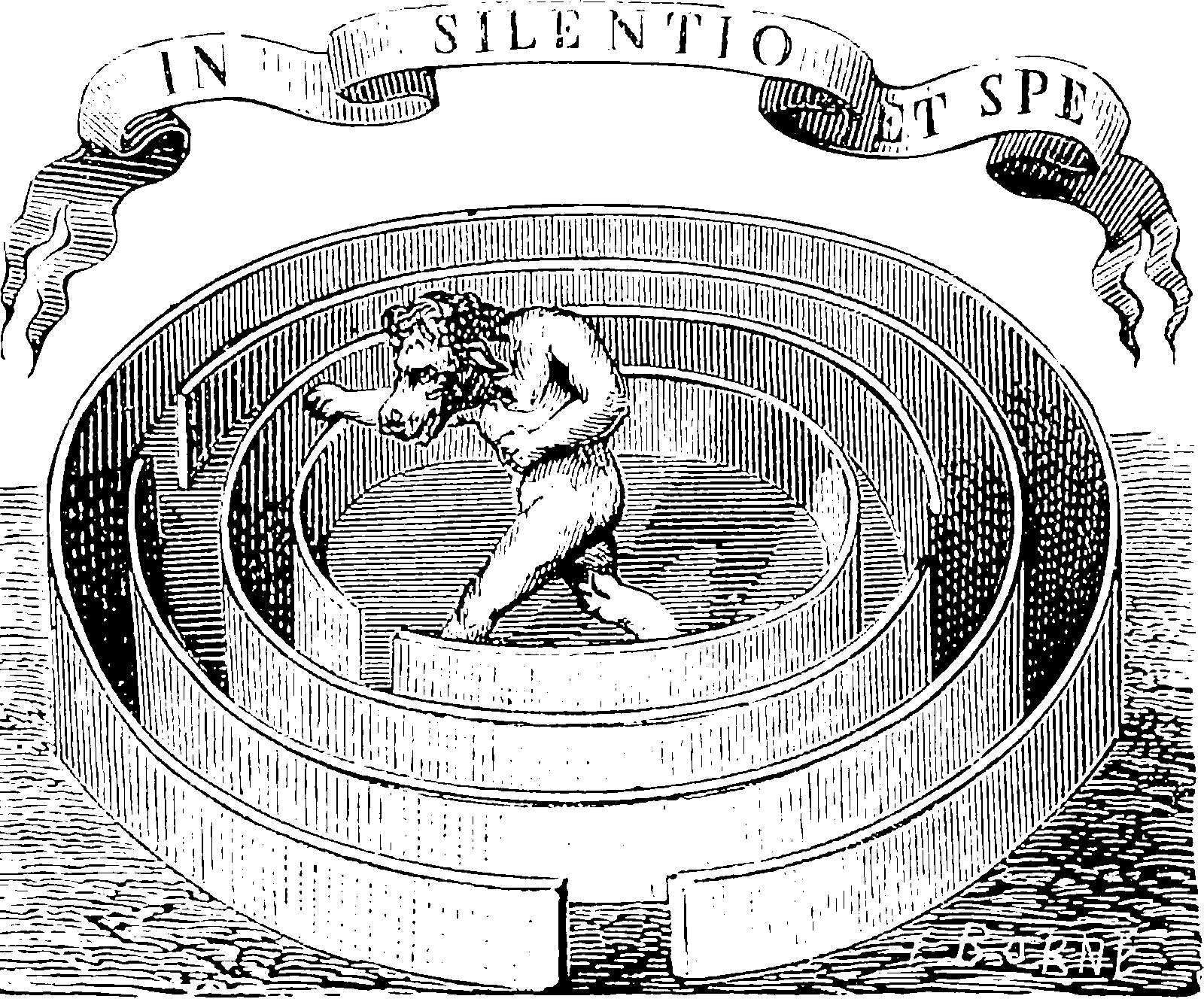Epistemic bottlenecks
2021-08-24 — 2024-10-04
Wherein the transmissibility of knowledge is examined, transmission costs are framed through a Kolmogorov‑style minimal description, and the capacity of LLMs to teach other models is considered.
adaptive
agents
bounded compute
classification
collective knowledge
communicating
distributed
economics
evolution
how do science
incentive mechanisms
information
institutions
language
learning
mind
networks
social graph
sociology
standards
stringology
virality
Is the Bitter lesson about minimizing transmission costs?
What is the transmissibility of knowledge? What is knowledge about? Can an LLM teach? (apparently yes?) Can an LLM teach LLMs? (apparently yes?)
1 Incoming
2 References
Baronchelli, Gong, Puglisi, et al. 2010. “Modeling the emergence of universality in color naming patterns.” Proceedings of the National Academy of Sciences of the United States of America.
Cancho, and Solé. 2003. “Least Effort and the Origins of Scaling in Human Language.” Proceedings of the National Academy of Sciences.
Cao, Lazaridou, Lanctot, et al. 2018. “Emergent Communication Through Negotiation.”
Chaabouni, Kharitonov, Dupoux, et al. 2019. “Anti-Efficient Encoding in Emergent Communication.” In Advances in Neural Information Processing Systems.
———, et al. 2021. “Communicating Artificial Neural Networks Develop Efficient Color-Naming Systems.” Proceedings of the National Academy of Sciences.
Christiansen, and Chater. 2008. “Language as Shaped by the Brain.” Behavioral and Brain Sciences.
Corominas-Murtra, and Solé. 2010. “Universality of Zipf’s Law.” Physical Review E.
Galesic, Barkoczi, Berdahl, et al. 2022. “Beyond Collective Intelligence: Collective Adaptation.”
Gozli. 2023. “Principles of Categorization: A Synthesis.” Seeds of Science.
Havrylov, and Titov. 2017. “Emergence of Language with Multi-Agent Games: Learning to Communicate with Sequences of Symbols.”
Jiang, and Lu. 2018. “Learning Attentional Communication for Multi-Agent Cooperation.” In Advances in Neural Information Processing Systems.
Lanier. 2010. You Are Not a Gadget: A Manifesto.
Lian, Bisazza, and Verhoef. 2021. “The Effect of Efficient Messaging and Input Variability on Neural-Agent Iterated Language Learning.”
Loreto, Mukherjee, and Tria. 2012. “On the Origin of the Hierarchy of Color Names.” Proceedings of the National Academy of Sciences of the United States of America.
Lowe, Foerster, Boureau, et al. 2019. “On the Pitfalls of Measuring Emergent Communication.”
Ma, Lewis, and Kleijn. 2020. “The HSIC Bottleneck: Deep Learning Without Back-Propagation.” Proceedings of the AAAI Conference on Artificial Intelligence.
O’Connor. 2017. “Evolving to Generalize: Trading Precision for Speed.” British Journal for the Philosophy of Science.
Petersson, Folia, and Hagoort. 2012. “What Artificial Grammar Learning Reveals about the Neurobiology of Syntax.” Brain and Language, The Neurobiology of Syntax,.
Resnick, Gupta, Foerster, et al. 2020. “Capacity, Bandwidth, and Compositionality in Emergent Language Learning.”
Smith. 2022. The Internet Is Not What You Think It Is: A History, a Philosophy, a Warning.
Steyvers, and Tenenbaum. 2005. “The Large-Scale Structure of Semantic Networks: Statistical Analyses and a Model of Semantic Growth.” Cognitive Science.
Tucker, Li, Agrawal, et al. 2021. “Emergent Discrete Communication in Semantic Spaces.” In Advances in Neural Information Processing Systems.
Weisbuch, Deffuant, Amblard, et al. 2002. “Meet, Discuss, and Segregate!” Complexity.

